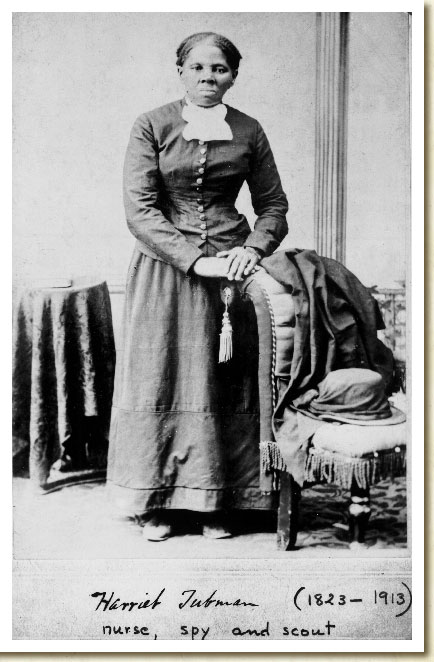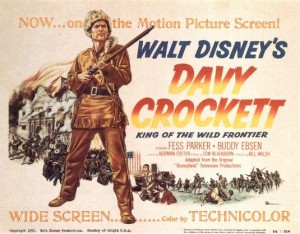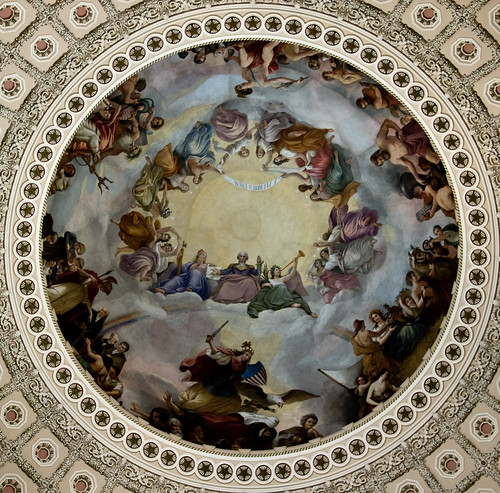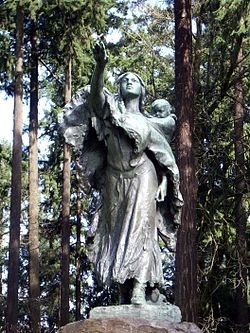Next week’s reading and writing assignment will depart slightly from our usual practice.
Before beginning the assignment, you should still complete the assigned reading, which is Camilla Townsend’s Pocahontas and the Powhatan Dilemma. But I won’t be giving you specific reading questions this time, so to prepare for our discussion, you’ll have to use the reading skills you’ve gained this semester, as well as your understanding of the Three Big Questions and related issues we’ve raised, to think about what we will likely discuss.
Your writing assignment will also be different. Instead of giving you specific questions to respond to, I’m going to give you some “real world” writing scenarios (listed below). Though the assignment is different, my expectations about it are not: you should still use the rubrics on position-taking and effective communication when writing.
Choose TWO of the following scenarios and complete the task associated with each. Put your work in your Google Doc as usual.
Scenario 1: Recently the Treasury Department has announced its intention to put a woman on $10 bill. Imagine that the Department were to announce that it has selected a representation of Pocahontas for the bill, sparking a controversy pitting supporters of the bill against opponents. Your task is to develop your own position, and then imagine that you have decided to create a petition to the White House using its online portal. You should write the text of the headline and description that you will use for your petition on that site, as well as the text of an email you plan to send to your friends and family explaining why you want their support for the petition. Both must draw on the available evidence from this course and the understandings and expertise you’ve gained so far in “Legendary Americans.”
Scenario 2: Imagine that students at one of the colleges on campus have announced plans to host a new themed public party called “Colors of the Wind.” From the marketing for the party, you have learned that the organizers planned to encourage attendees to costume themselves as Native Americans; the poster features an image of Pocahontas. Controversy has ensued over the college’s plans, especially after the University has announced that it will not allow the party to take place because of the theme. Your task is to write a letter to the Rice Thresher staking out your own position on the controversy. The letter must draw on the available evidence from this course and the understandings and expertise you’ve gained so far in “Legendary Americans.”
Scenario 3: Imagine that the HISD School Board is reevaluating the movies that it keeps stocked in its elementary schools. One of the movies up for discussion at the Board’s next meeting is Disney’s Pocahontas. Your task is to write a statement that you will read to the School Board, following its guidelines for addressing Board meetings. The statement must draw on the available evidence from this course and the understandings and expertise you’ve gained so far in “Legendary Americans.”
Important Notes: Regardless of the scenarios you choose, you will need to practice Audience Awareness, the fourth of our Four Capabilities in this class. That may mean you need to do some research about the real-world expectations and requirements for each of these writing scenarios. Whichever you choose, you should also keep in mind that you have a broad base of evidence, readings, and insights to draw on from this course, and so you should use those available materials as fully as possible. Don’t hesitate to use applicable points or evidence from earlier weeks’ readings and discussions if it will help you defend your position. While you may use the same points or evidence in your responses to both scenarios, that may not always be advisable; keep in mind that some evidence that may be especially powerful for one audience may not be as powerful for the other.



 While you’re working through Scott Reynolds Nelson’s book this week, you may enjoy listening to some versions of the John Henry ballad
While you’re working through Scott Reynolds Nelson’s book this week, you may enjoy listening to some versions of the John Henry ballad  Hope you all had a good Spring Break! This week’s reading, listed on the
Hope you all had a good Spring Break! This week’s reading, listed on the  Next week’s reading assignment is James E. Crisp’s Sleuthing the Alamo. Before you jump to Chapter 1, be sure that you read “Pride and Prejudice: A Personal Prologue” (pp. 1-25). I think you’ll discover that every single one of you has something interesting in common with Dr. Crisp.
Next week’s reading assignment is James E. Crisp’s Sleuthing the Alamo. Before you jump to Chapter 1, be sure that you read “Pride and Prejudice: A Personal Prologue” (pp. 1-25). I think you’ll discover that every single one of you has something interesting in common with Dr. Crisp. Today in class we watched clips from
Today in class we watched clips from  For next Thursday, you’ll be reading most (but not all) of the Francois Furstenberg book. (See
For next Thursday, you’ll be reading most (but not all) of the Francois Furstenberg book. (See  [Please note that the
[Please note that the